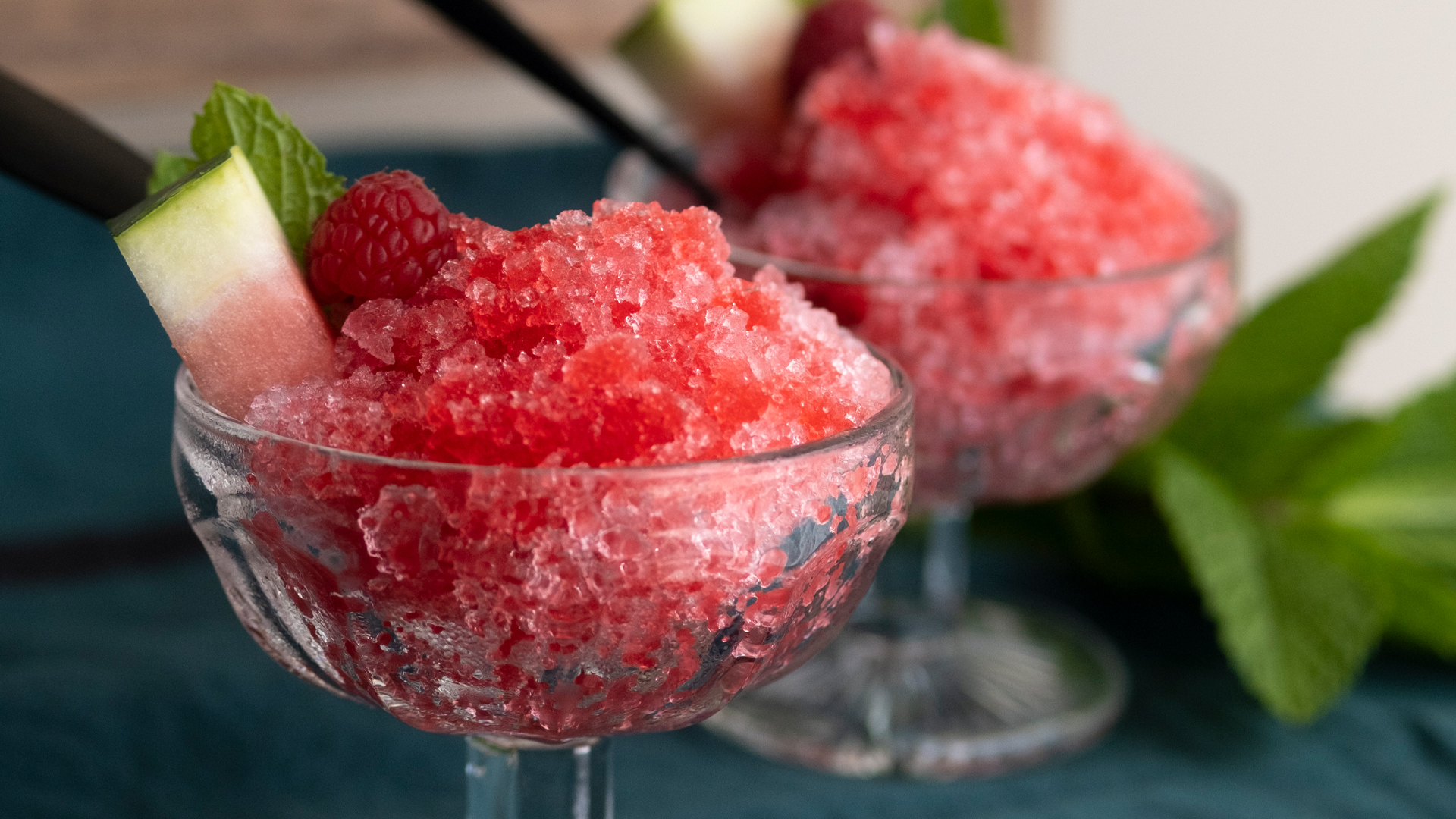Neither ice cream, sorbet, nor slushie; granita is Italy’s favorite frozen treat for summer. Granita is made with water, sugar, and different flavors that derive from fruits, like lemon to coffee or pistachio. There is no better place to try this frosty flavor explosion on your palate than the island of its origin - Sicily.
It’s possible that the origins of granita date back to the Arab domination in Sicily. The Arabs brought with them the recipe for sherbet or “sharbat”, what was once an iced drink flavored with fruit juices or rose water. Upon their arrival, gathering snow for this new recipe became a full-time job. The ‘nivoroli’, men who would collect snow on Mount Etna, gathered the snow in the winter months and stored it within icy caves, preserving the snow under layers of volcanic ash. Miraculously, the snow was kept frozen during the hot summer months and with the addition of cane sugar, the Arabs were able to enjoy their cold treat. Sharbat was surely the precursor to the Sicilian summer delight. Modern technologies and the spirit of Sicily evolved this mixture into what is modern-day granita.
Each part of Sicily has its own traditional granita in direct correlation with the local ingredients. For example, in Avola, the most classic granita flavor is almond, the prized crop on this part of the island. In Catania, you’ll notice that pistachio or coffee granita tend to be the most popular. On the western side of the island, it’s very common to see citrus flavors such as lemon granita. Before you start trying every flavor out there, keep in mind wild berries do not grow in Sicily so think twice before ordering “granita di frutti di bosco”.

(Photo Credit: Freepik)
What makes granita particular and different from sherbert or a snow cone is that it’s essential to use fresh, not frozen, fruit and never use syrups and extracts. In true Italian fashion, the freshness and simplicity of ingredients included in granita are what makes it so special. Just like making a wheel of Parmigiano-Reggiano or a bottle of traditional balsamic vinegar, a perfectly made granita usually comes from high-quality ingredients as well as family recipes passed down over generations.
An impressive and intimidating mixer, the “mantecatore al bastone”, is the traditional machine used for making granita. Its large mechanical beater is useful for whipping air within the mixture, making the end result as light and fluffy as possible. If you walk into an artisanal pastry shop in Sicily, you may find the ice is still scraped by hand. So, if you’re on the hunt for the purest and most traditional granita, look for the words “pasticceria artigianale” or “produzione nostra” on the shop windows. If you’re a real granita snob, you know to eat it within five hours of its preparation.
Arianna DiCicco
Arianna DiCicco is an educator and writer from California, born into an Italian American restaurant family with strong ties to her grandparents’ home in Abruzzo, Italy. She has lived in San Francisco, Rome and New York City where she’s made deep connections within the Italian communities and gained new perspectives about her own culture. With a Masters in International Education, Arianna has a love and passion for learning and educating others about Italian history & culture.

